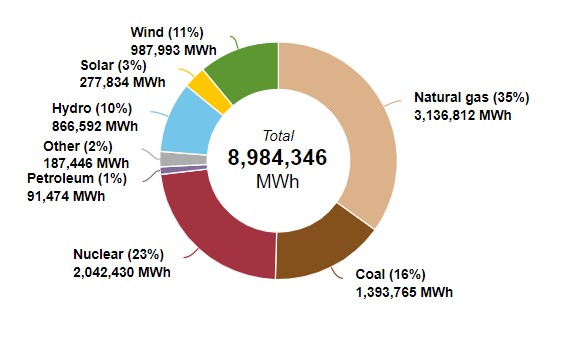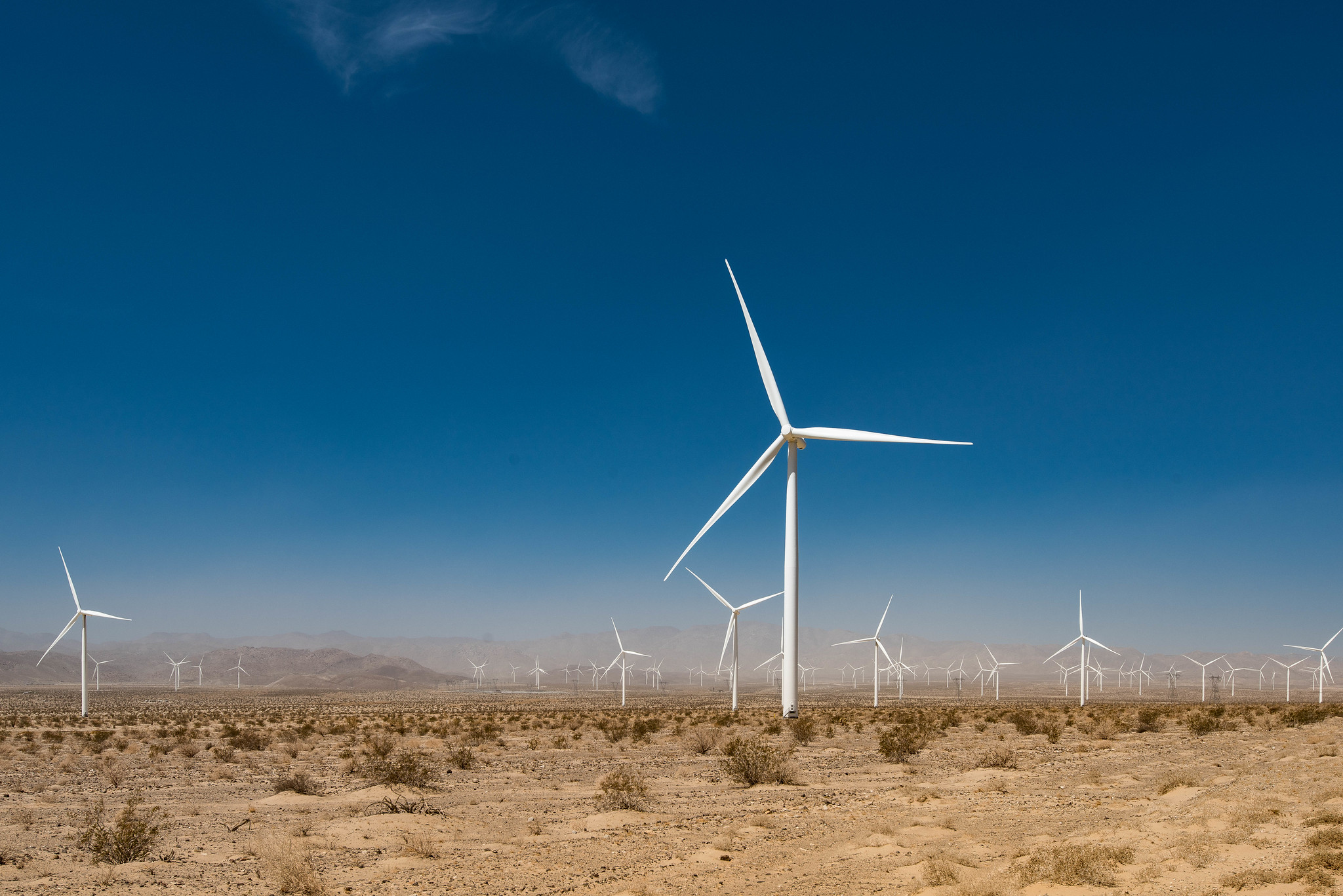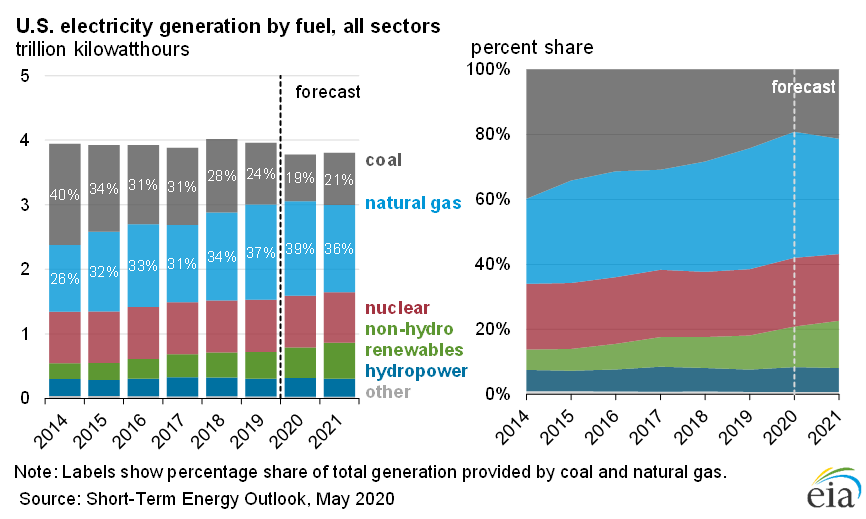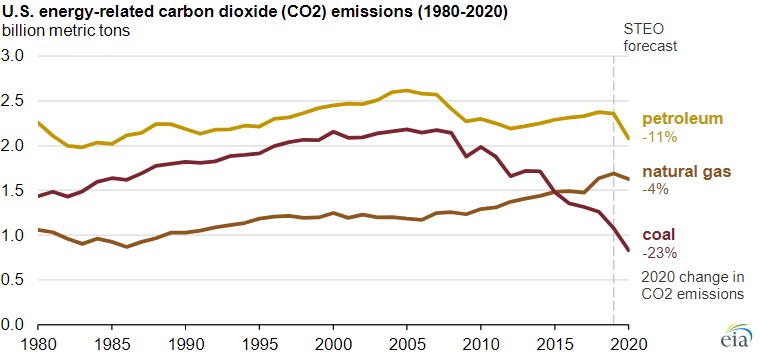The US electrical grid is in the middle of a remarkable streak that is partly the story of the rise of renewables, partly the decline of coal, and partly the pervasive repercussions of COVID-19. And the US Energy Information Administration’s latest projections suggest it’s more than just a spring curiosity.
According to the EIA’s daily data summaries, wind, solar, and hydroelectric power plants have combined to produce more electricity than coal every single day since March 24. (These numbers don’t include rooftop solar generation, but its inclusion certainly wouldn't change the streak.) Natural gas remains the largest source of generation, while nuclear’s contribution was similar to renewables.

Renewable generation ticked upward over this time period while coal plants were dialed down. April also typically sees low demand for electricity, and the pandemic has decreased demand even more. But EIA’s latest “Short-Term Energy Outlook” projects that renewables will out-produce coal for 2020 as a whole—a first. They also expect that coal will bounce back very slightly in 2021 but at the expense of natural gas production, as slowed US gas production is expected to drive its price up. But even with a bit more coal use, the projection has renewables topping coal next year, too.




 Loading comments...
Loading comments...
